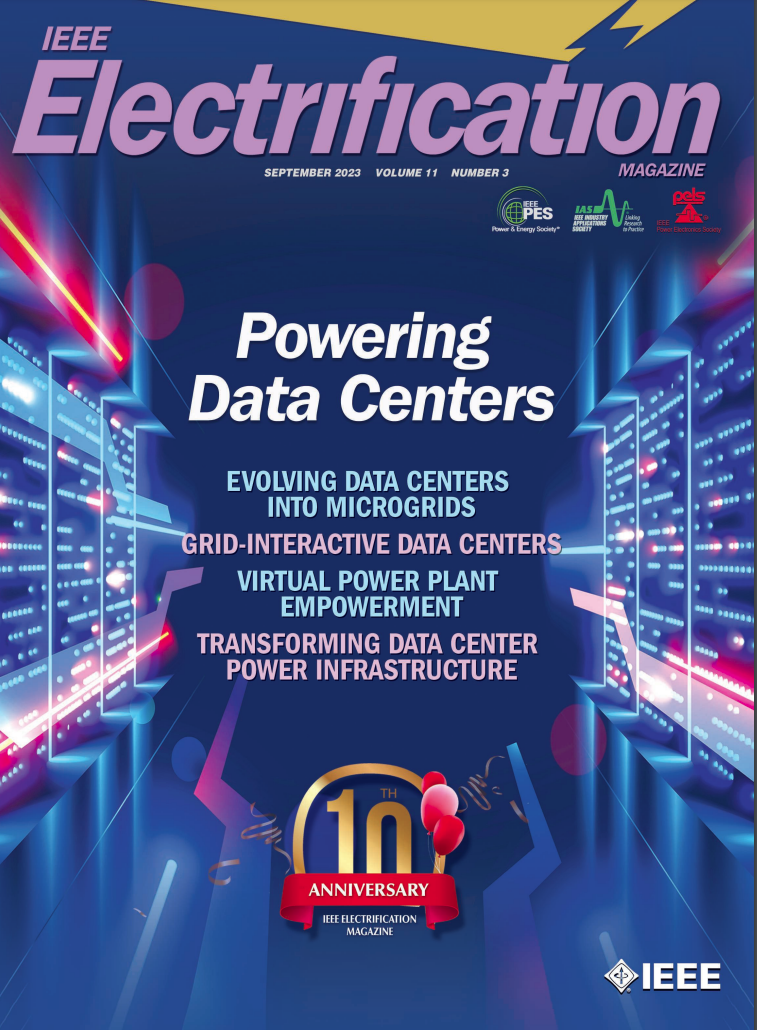Editorial Content Curated for the Electrification Audience
IEEE Electrification, unlike many of IEEE’s other publications, is targeted towards industry rather than members or researchers. It is more application focused, and targets users such as equipment
manufacturers and policy makers.
Feature articles focus on advanced concepts,technologies, and practices associated with all aspects of electrification in the transportation and off-grid sectors from a technical perspective in synergy with nontechnical areas such as business, environmental, and social concerns.
*Editorial Calendar is tentative and subject to change.
2024 Editorial Calendar
Issue
Issue Focus
Bonus Distribution
Space Reservation Deadline:
Materials Due:
March
Mining Electrification
01/29/2024
02/01/2024
June
Microgrid Protection and Control
05/02/2024
05/06/2024
September
Digital Twins
07/30/2024
08/02/2024
December
TBD
10/25/2024
10/30/2024

